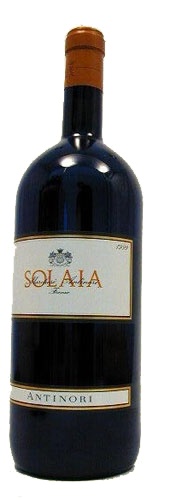Estimate

(Neal Martin's Wine Journal) The first thing the strikes you about the nose is its purity and definition... Black cherries, iodine, blueberries... crushed violets, rose petals... lovely balanced and acidity... the length is extraordinary.
...a sumptuous bouquet of licorice, blackberries, mint, and cassis, all presented in a concentrated, medium to full-bodied, dense yet elegant style.
...with intense aromas of blackberries and fresh herbs, such as basil, with a hint of eucalyptus. Full-bodied, with extremely well-polished tannins and a long, long finish. A tight and racy young wine that needs time to come into its own.
...very sweet start and real lift. A sort of Lafite style. Super flattering. Real delicacy plus great ripeness. Very reverberant. Lovely fresh finish...